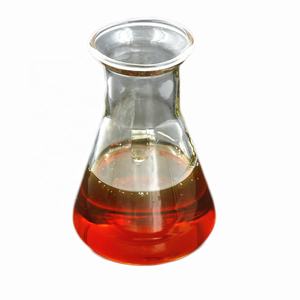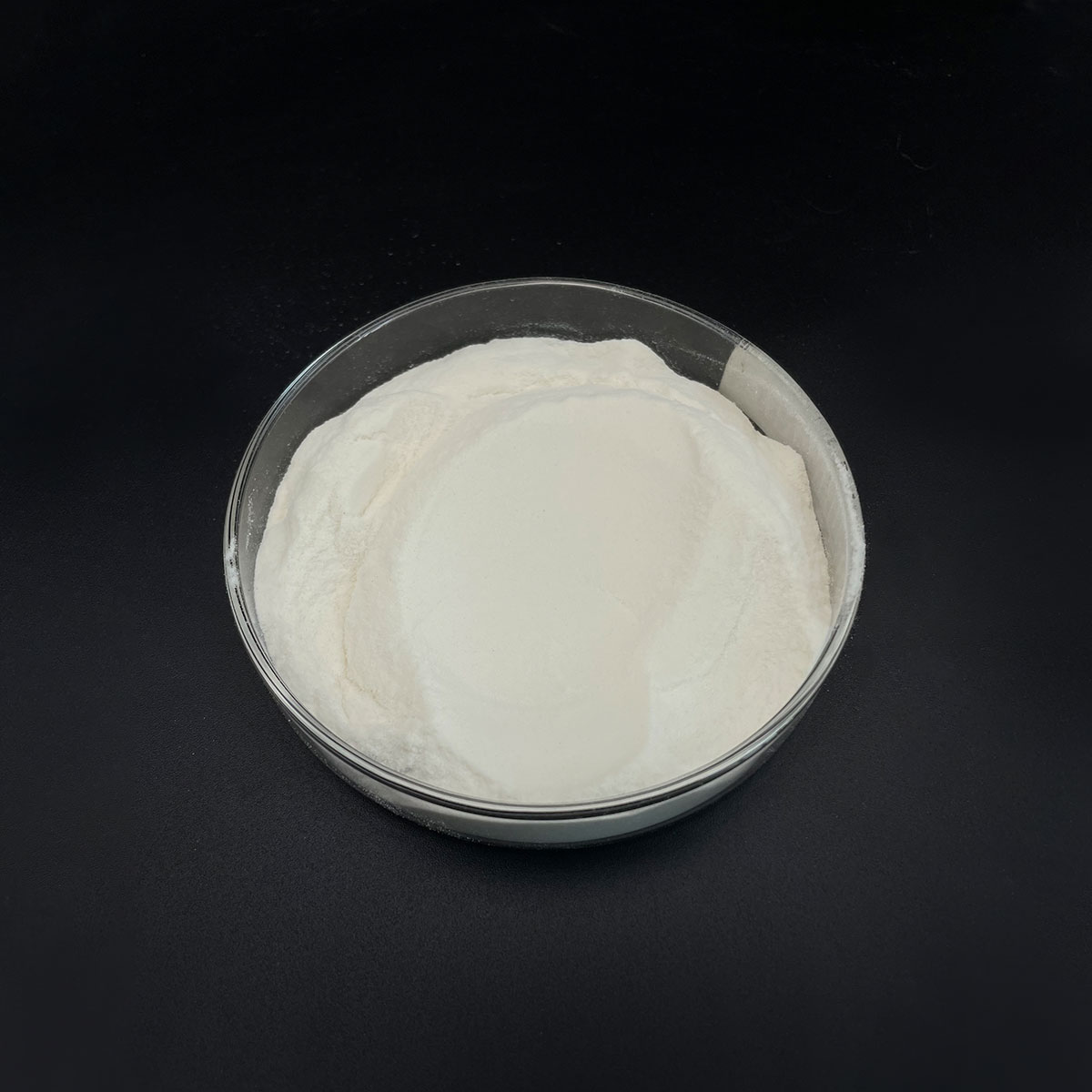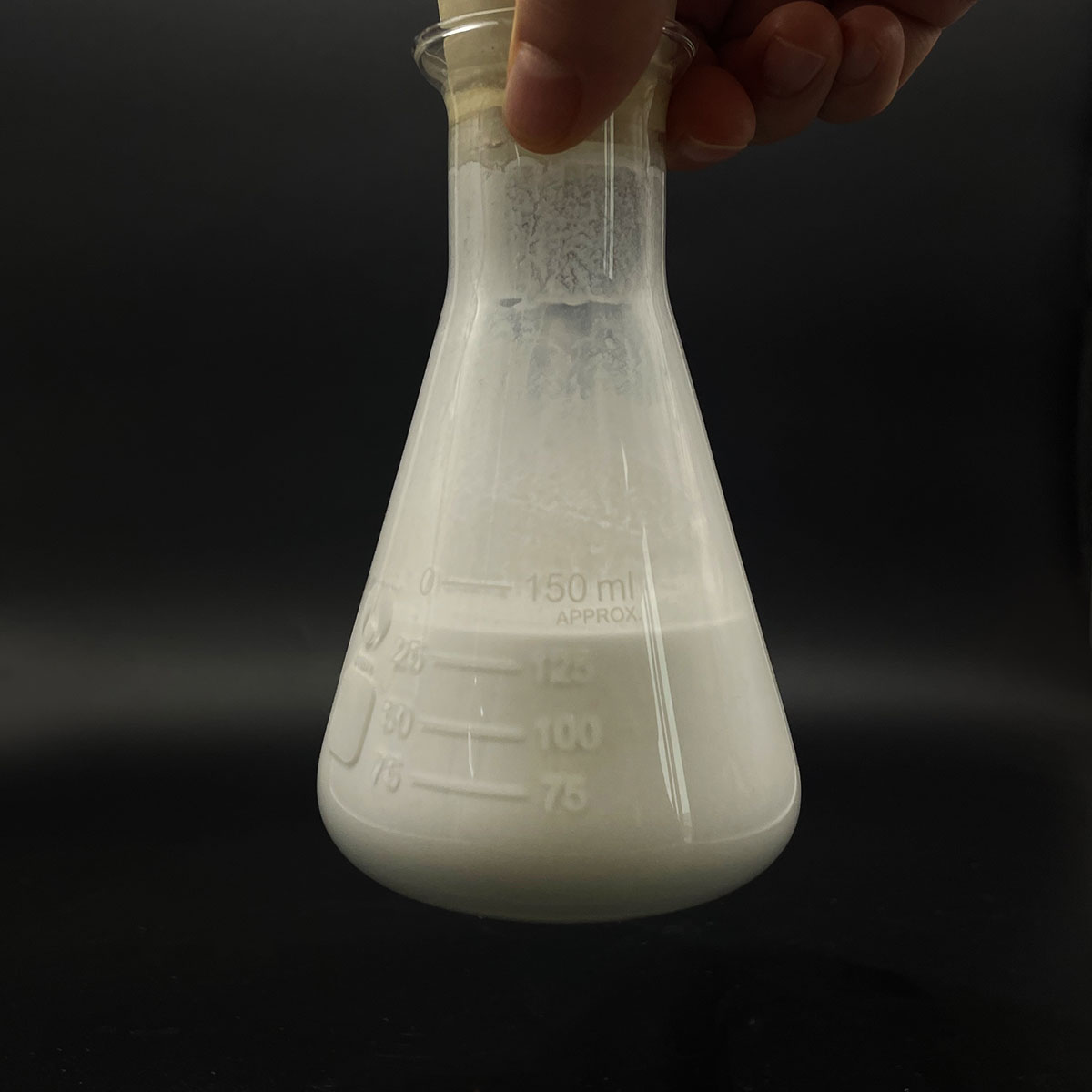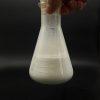Overview of Polyether Polyol CAS 9003-11-6 for Nonionic Surfactant
Polymer surfactants, also known as polymeric surfactants or amphiphilic polymers, are high-molecular-weight compounds that combine the properties of traditional low-molecular-weight surfactants with the unique features of polymers. Unlike small molecule surfactants, polymer surfactants offer enhanced stability, improved solubility, and the ability to form more complex structures such as micelles, hydrogels, and vesicles. These macromolecules find applications across a wide range of industries due to their tailored structures and tunable properties, which allow for precise control over interfacial behavior and solution rheology.
Features of Polyether Polyol CAS 9003-11-6 for Nonionic Surfactant
-
Molecular Weight and Structure: With a much higher molecular weight, polymer surfactants offer enhanced stability in harsh conditions and over prolonged periods compared to small molecule surfactants.
-
Tunability: The structure of polymer surfactants can be precisely engineered to include different functional groups, monomer sequences, and architectures, allowing for specific interactions and properties.
-
Multifunctionality: Apart from surface activity, they can also provide additional functionalities like thickening, rheology modification, and controlled release capabilities.
-
Self-Assembly: Capable of forming sophisticated self-assembled structures like micelles, hydrogels, and vesicles, which can encapsulate or release active ingredients in a controlled manner.
-
Environmental Compatibility: Many polymer surfactants are designed to be biodegradable and less toxic, making them suitable for eco-friendly applications.
-
Temperature and pH Responsiveness: Some polymer surfactants exhibit responsive behavior to changes in temperature or pH, enabling stimuli-responsive systems.

(Polyether Polyol CAS 9003-11-6 for Nonionic Surfactant)
Specification of Polyether Polyol CAS 9003-11-6 for Nonionic Surfactant
This polyether polyol, CAS number 9003-11-6, is made for nonionic surfactants. It gives surfactants their key properties. You need its specifications to get the performance you want.
Its molecular weight is important. It usually ranges between 2000 and 8000 Daltons. This affects the surfactant’s properties. The hydroxyl value is another key number. It typically falls between 20 and 60 mg KOH/g. This number tells you how reactive the polyol is. It reacts with ethylene oxide to make the surfactant.
Water content must be low. It is kept under 0.1%. Water interferes with the reaction. The acid value is also low. It is usually below 0.1 mg KOH/g. This prevents unwanted side reactions. The unsaturation level is very low too. It is under 0.04 meq/g. Low unsaturation means a more linear molecule. This gives better surfactant performance.
Potassium and sodium ions must be very low. They are kept under 5 ppm. These ions can act as catalysts. They cause problems later. Viscosity changes with temperature. It is measured at 25°C. The value depends on the molecular weight. The color is usually light. It is water white to pale yellow. The polyol is a clear liquid. It has almost no visible particles.
This polyol has a primary hydroxyl group content. It is often over 70%. This makes it react fast with ethylene oxide. The reaction is efficient. The polyol is stable. You can store it at room temperature. Keep it dry and away from strong oxidizers. Handle it according to safety guidelines. Check the SDS for full details. This polyol is reliable. It helps make effective nonionic surfactants.

(Polyether Polyol CAS 9003-11-6 for Nonionic Surfactant)
Applications of Polyether Polyol CAS 9003-11-6 for Nonionic Surfactant
Polyether Polyol CAS 9003-11-6 is a crucial building block. It helps make nonionic surfactants. These surfactants are very important in many industries. Their structure gives them special properties. They work well in water. They also work well around oils and greases. They are stable across different pH levels. They are generally mild on skin. This makes them very versatile.
This polyol is key for creating surfactant molecules. Manufacturers react it with specific starters. They control the chain length. This tuning changes the surfactant’s behavior. You get different hydrophilic-lipophilic balance values. This HLB value decides the surfactant’s best use. It controls whether it mixes oil and water. It controls how well it cleans surfaces. It controls how well it forms emulsions.
Cleaning products rely heavily on these surfactants. They are in laundry detergents. They are in dishwashing liquids. They are in hard surface cleaners. They lift dirt and grease effectively. They foam well. They rinse cleanly. Personal care items also use them. You find them in shampoos. You find them in body washes. You find them in facial cleansers. Their mildness is important here. They clean without excessive irritation.
The textile industry uses these surfactants too. They act as wetting agents. They help dyes penetrate fabrics evenly. They act as leveling agents. They ensure consistent color. They help during scouring and bleaching processes. Agriculture benefits from them. They are key parts of pesticide formulations. They help sprays spread on plant leaves. They help the active ingredients stick. They help the ingredients penetrate.
Industrial applications are widespread. They serve as emulsifiers. They help mix oil and water in lubricants. They help mix oil and water in metalworking fluids. They act as demulsifiers. They help separate oil and water in crude oil processing. They function as foam stabilizers. They are used in polyurethane foam production. They function as dispersing agents. They keep solids suspended in paints and coatings. They are essential in many manufacturing processes. Their unique properties solve formulation challenges.
Company Profile
SurfactantChina is a trusted global chemical material supplier & manufacturer with over 12-year-experience in providing super high-quality surfactant and relative products.
The company has a professional technical department and Quality Supervision Department, a well-equipped laboratory, and equipped with advanced testing equipment and after-sales customer service center.
If you are looking for high-quality surfactant and relative products, please feel free to contact us or click on the needed products to send an inquiry.
Payment Methods
L/C, T/T, Western Union, Paypal, Credit Card etc.
Shipment
It could be shipped by sea, by air, or by reveal ASAP as soon as repayment receipt.
5 FAQs of Polyether Polyol CAS 9003-11-6 for Nonionic Surfactant
What is Polyether Polyol CAS 9003-11-6?
This chemical is a specific type of polymer. It’s made from ethylene oxide and propylene oxide. Its structure has many reactive hydroxyl groups. This structure makes it very useful for creating other chemicals, especially nonionic surfactants. It appears as a clear, thick liquid. Its color ranges from colorless to pale yellow.
What is it mainly used for?
Its biggest use is making nonionic surfactants. These surfactants are vital in many industries. They help mix oil and water together. They help clean surfaces effectively. You find them in laundry detergents, dishwashing liquids, industrial cleaners, and textile processing aids. It’s also used to make polyurethane foams.
Is it safe to handle?
Handle it carefully. Wear gloves and safety glasses. Avoid skin contact. Avoid breathing its mist. It can irritate skin and eyes. Work in a well-ventilated area. Check its Safety Data Sheet (SDS) before use. The SDS lists all safety details and first aid measures.
How should it be stored?
Store it properly. Keep it in a cool, dry place. Keep it away from direct sunlight. Keep it away from heat sources and open flames. Use containers made of stainless steel or certain plastics. Ensure the containers are tightly sealed. Moisture can ruin it. Store it away from strong acids and oxidizers. Its shelf life is typically one year when stored correctly.
Why use it for nonionic surfactants?
It offers key advantages. Its structure allows easy modification. Manufacturers can adjust its properties. They control its water solubility. They control its oil solubility. They control its foaming behavior. Surfactants made from it perform well. They are effective cleaners. They are stable. They are generally biodegradable. This makes them environmentally preferred options.

(Polyether Polyol CAS 9003-11-6 for Nonionic Surfactant)






